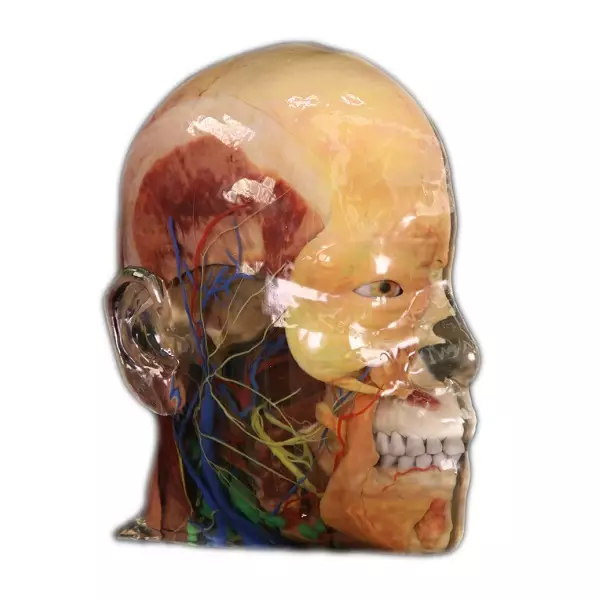
augmented reality human anatomy is a groundbreaking technology that has revolutionized the way we understand and interact with the human body. By merging digital information with the real world, this technology provides an immersive experience for medical professionals, students, and even sales representatives.
Enhancing Medical Education and Training

With augmented reality human anatomy, medical students can now visualize complex anatomical structures in three dimensions. This technology allows them to explore different layers of the body model, dissect virtual organs, and gain a deeper understanding of their functions. By providing a hands-on learning experience, augmented reality accelerates knowledge acquisition and improves retention rates among students.
In addition to education, augmented reality also plays a crucial role in training healthcare professionals. Surgeons can practice complex procedures virtually before performing them on actual patients. This not only enhances their skills but also reduces risks during surgeries. Furthermore, medical practitioners can use this technology to explain diagnoses or treatment plans more effectively to patients by visualizing their conditions in real-time.
Anatomy of the Body Model: A Sales Tool
Augmented reality human anatomy has found its place beyond medical education and into sales strategies as well. Companies selling pharmaceuticals or medical devices utilize this technology to showcase their products effectively. With just a smartphone or tablet equipped with an AR app, sales representatives can present detailed 3D models of drugs or equipment directly to potential clients.
Find more about anatomy of the body model.
This interactive approach enables customers to see how these products work within the context of the human body without relying solely on brochures or static images. It helps bridge gaps in understanding between technical specifications and practical applications while making presentations more engaging for both parties involved.
DIGIHUMAN: The Future Possibilities
DIGIHUMAN, a leading augmented reality human anatomy platform, has taken this technology to new heights. By utilizing advanced algorithms and machine learning, DIGIHUMAN can simulate realistic movements and reactions of the virtual body model. This opens up possibilities for medical research, drug development, and even personalized healthcare.
Researchers can use DIGIHUMAN to study how diseases progress within the body or test the effectiveness of potential treatments without involving human subjects. Pharmaceutical companies can also utilize this technology to create virtual trials for their drugs before conducting expensive and time-consuming clinical trials.
Conclusion
The integration of augmented reality into human anatomy has transformed various industries, including medical education and sales. It provides an immersive learning experience for students while enhancing training opportunities for healthcare professionals. Moreover, it serves as a powerful tool in sales strategies by enabling interactive product demonstrations.
DIGIHUMAN’s advancements further expand the possibilities of augmented reality in medical research and personalized healthcare solutions. As this technology continues to evolve, we can expect more innovative applications that will revolutionize our understanding of the human body and improve patient care.

